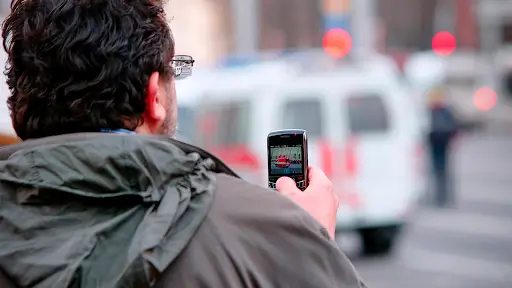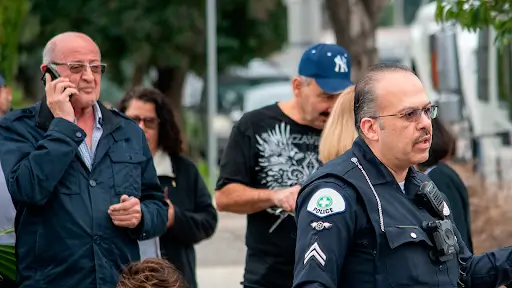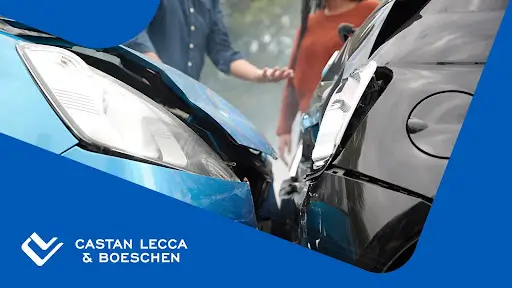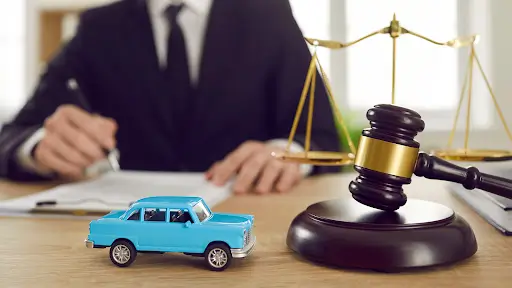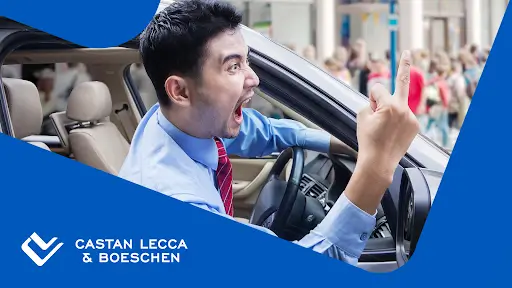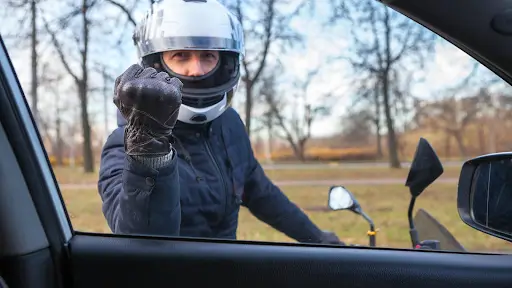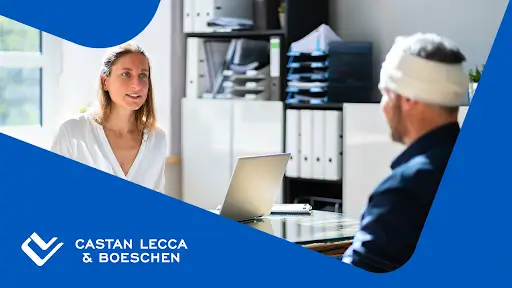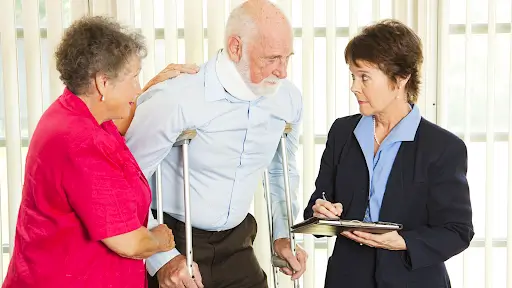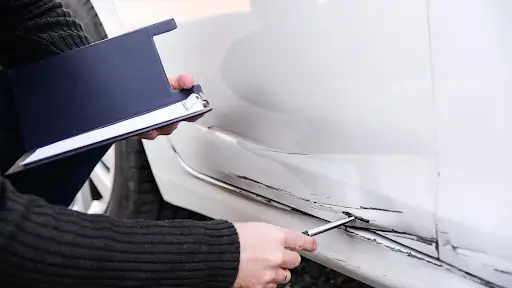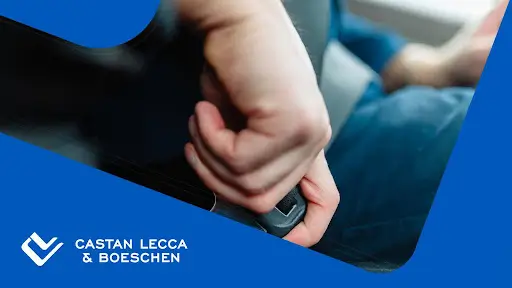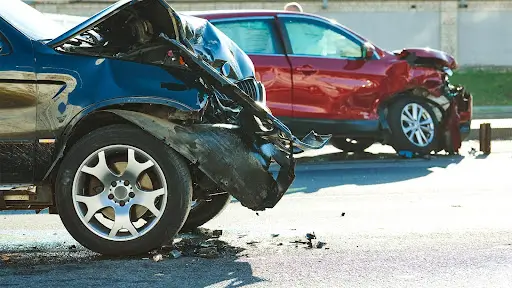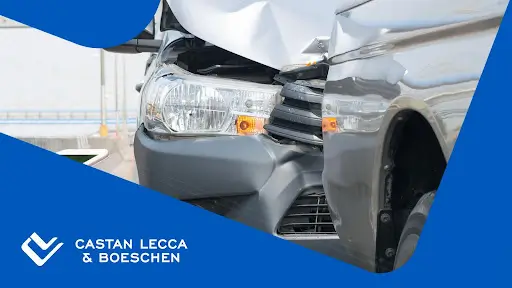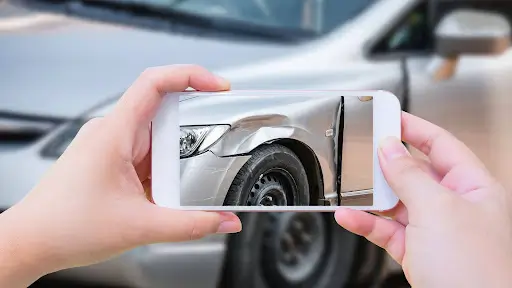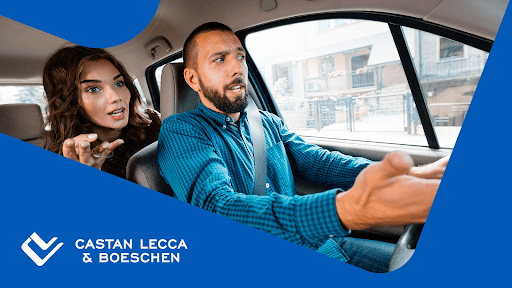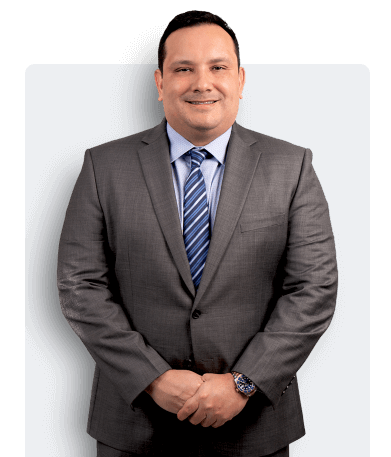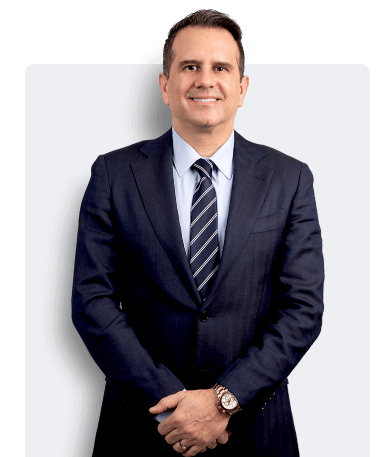The Value of Witness Statements to Your Auto Accident Claim
Why Uninsured Motorist Coverage is Crucial in Car Accident Cases
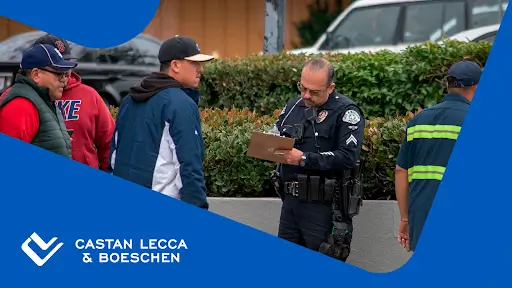
Witness statements are a crucial component of an auto accident claim, serving as powerful evidence that can significantly influence the outcome of lawsuits and compensation negotiations. Their value lies in the credibility and firsthand observations of the incident by someone who does not stand to benefit from the claim’s outcome.
Even though everyone has a legal window of two years to file a claim for financial recovery, delaying the process can be harmful to the case itself. Acting promptly and gathering all evidence in a timely manner will allow it to be as reliable as possible.
If you wish for your claim to be successful, you may need to consider the possibility of adding firsthand witness accounts to your arsenal of evidence, so your case becomes undefeatable.
In this blog post, we will explore what exactly are witness statements and why they are such a vital part of car accident claims. We will also line out how you can make the most of them whenever the need arises.
Witnesses: Credible or not?
A credible witness is someone who has directly observed the accident and can provide an unbiased account of what happened. Characteristics that enhance a witness’s credibility include having a clear and unobstructed view of the accident,and having no personal or financial interest in the case’s outcome. Also, a witness must not being under the influence of drugs or alcohol at the time of the accident.
The credibility of a witness is paramount in legal disputes. A credible witness not only has a clear memory of the event but also possesses no prior relationship with any parties involved in the accident. Their impartiality adds weight to their testimony. Factors that contribute to a witness’s credibility include their physical proximity to the event, absence of any bias, and their ability to recall details accurately.
Finding Witnesses
After an accident, it’s important to gather witness information as soon as possible. Witnesses can include bystanders, passengers, and even individuals from nearby buildings who had a view of the accident. Collecting their names, contact information, and a brief overview of what they saw is crucial to the success of your case.
However, identifying potential witnesses goes beyond immediate bystanders. It involves canvassing the accident scene for any local businesses or homes that may have had a view of the incident. In the digital age, seeking out surveillance footage from nearby cameras can also identify witnesses. Engaging with local social media groups or forums can help locate witnesses who left the scene before providing their contact information.
Taking a Witness Statement
A witness statement should be taken as soon as possible while the event is fresh in their memory. It should include details of the witness’s perspective on the accident, such as the events leading up to the accident, the behavior of the drivers, and the conditions of the road and weather. It’s beneficial to record this statement in writing and have the witness sign it to attest to its accuracy.
These statements will also certify your injuries after the accident itself, making a clear account of all the damages you suffered and providing irrefutable evidence that can counter any argument that tries to play down your situation. Insurance companies and other legal parties will attempt to diminish your compensation by arguing that the accident wasn’t so serious, but a solid witness statement will dissuade them from doing so.
Impact on Cases
Witness statements can help establish fault, corroborate the accounts provided by the parties involved, and provide an independent assessment of the accident’s circumstances. This can be particularly valuable in cases where the parties have conflicting accounts of what happened or when there is little physical evidence. In court or settlement negotiations, a credible witness statement can tip the balance in favor of the claimant, providing the proof needed to support their version of events.
This type of evidence can turn the tide in legal battles by filling in gaps in evidence, especially in hit-and-run cases or where physical evidence is scarce. They provide context to photographic evidence, contribute to reconstructing the accident scene, and can influence the jury’s perception. In settlements, a strong witness statement can encourage the opposing party to offer a fair settlement to avoid the unpredictability of a trial.
It is undeniable that witness statements are essential when building a strong auto accident claim. They not only serve as a critical piece of evidence but also lend a voice of impartiality and truth to the chaotic aftermath of an accident.
By understanding the nuances of witness credibility, diligently seeking and accurately recording witness accounts, and leveraging these statements effectively, claimants can significantly enhance their legal standing. This proactive and informed approach not only strengthens one’s case but also highlights the importance of community and integrity in the pursuit of justice.
Ultimately, the careful collection and use of witness statements reflect a commitment to fairness, offering a clearer path to resolution and healing for all parties involved.
If you or anyone you know has been involved in a car accident and require legal representation, don’t hesitate to call Castan Lecca & Boeschen! We offer superior results thanks to the hard work of our exceptional team of attorneys. Call today and schedule a free consultation! 678-825-3611.

